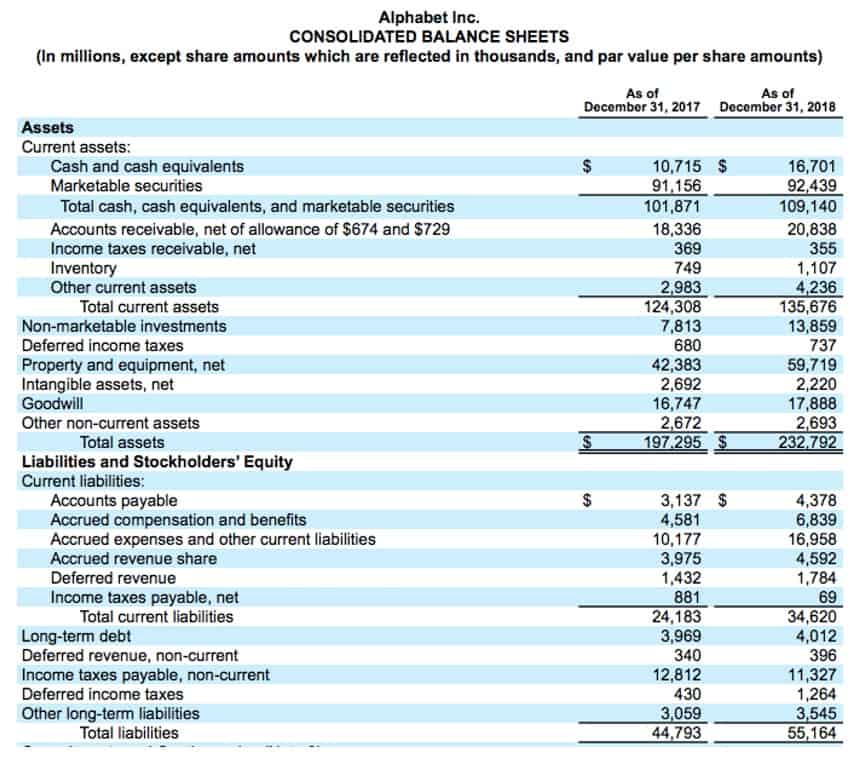
The dividend payout is entirely at the discretion of the corporation and is not required. Let us consider an example of a company PRQ Ltd to compute the Shareholder’s equity. Based on the information, calculate the Shareholder’s equity of the company. This statement helps in assessing the impact of equity transactions, such as issuing new shares or repurchasing existing ones, on the overall value of the company.
Other Information Pertaining to Financial Statements
Owners of a corporation are called stockholders (or shareholders), because they own (or hold) shares of the company’s stock. Equity, as we have seen, has various meanings but usually represents ownership in an asset or a company, such as stockholders owning equity in a company. ROE is a financial metric that measures how much profit is generated from a company’s shareholder equity. Equity is important because it represents the value of an investor’s stake in a company, represented by the proportion of its shares. Owning stock in a company gives shareholders the potential for capital gains and dividends. Owning equity will also give shareholders the right to vote on corporate actions and elections for the board of directors.

Understanding Retained Earnings

The following is data for calculating the Shareholder’s equity of Apple.Inc for the period ended on September 29, 2018. Above is data for calculating the Shareholder’s equity of company SDF Ltd. The above given is the data for calculating the Shareholder’s equity of company PRQ Ltd. Others use the term to mean the percentage of gross profit dollars divided by net sales dollars. A fiscal year is an accounting year that ends on a date other than December 31. For example, a school district might have a fiscal year of July 1, 2023 through June 30, 2024.
Outsourcing Strategies for Professional Services Firms
The amount of a long-term asset’s cost that has been allocated to Depreciation Expense since the time that the asset was acquired. Accumulated Depreciation is a long-term contra asset account (an asset account with a credit balance) that is reported on the balance sheet under the heading Property, Plant, and Equipment. A balance sheet with classifications (groupings or categories) such as current assets, property plant and equipment, current liabilities, long term liabilities, etc.

Alternative Method to Calculate Stockholders’ Equity
The third section of the statement of cash flows reports the cash received when the corporation borrowed money or issued securities such as stock and/or bonds. Since the cash received is favorable for the corporation’s cash balance, the amounts received will be reported as positive amounts on the SCF. The items that would be included adjusting entries in this line involve the income or loss involving foreign currency transactions, hedges, and pension liabilities. (Some corporations have preferred stock in addition to their common stock.) Shares of common stock provide evidence of ownership in a corporation. Holders of common stock elect the corporation’s directors and share in the distribution of profits of the company via dividends. If the corporation were to liquidate, the secured lenders would be paid first, followed by unsecured lenders, preferred stockholders (if any), and lastly the common stockholders.
- A liability account that reflects the estimated amount a company owes for expenses that occurred, but have not yet been paid nor recorded through a routine transaction.
- If negative equity is prolonged, the result is balance sheet insolvency.
- Therefore, owning preferred stock often provides more security in financial uncertainty.
- Companies may return a portion of stockholders’ equity back to stockholders when unable to adequately allocate equity capital in ways that produce desired profits.
- The types of Preferred shares are redeemable, non-redeemable, convertible non-convertible, cumulative, non-cumulative, participating, and non-participating preference shares.
- From the beginning balance, we’ll add the net income of $40,000 for the current period, and then subtract the $2,500 in dividends distributed to common shareholders.

A balance on the right side (credit side) of an account in the general ledger. It will contain the date, the account name and amount to be debited, and the account name and amount to be credited. Each journal entry must have the dollars of debits equal to the dollars of credits. The standards, rules, guidelines, statement of stockholders equity and industry-specific requirements for financial reporting.
- Other long-term assets may have appreciated in value while the accountant was depreciating them.
- For more information and a more complete balance sheet visit our Balance Sheet Explanation.
- Stockholders’ equity is the money that would be left if a company were to sell all of its assets and pay off all its debts.
- If a profitable company’s retained earnings are not paid to shareholders, they will exhibit a growing trend.
- A gain is measured by the proceeds from the sale minus the amount shown on the company’s books.
- A current liability account that reports the amounts owed to employees for hours worked but not yet paid as of the date of the balance sheet.
- Further, the Shareholder’s purchase of company stock over a period gives them the right to vote in the board of directors elections and yields capital gains for them.
Issue of further share capital during the period must be added in the statement of changes in equity whereas redemption of shares must be deducted therefrom. The effects of issue and redemption of shares must be presented separately for share capital reserve and share premium reserve. Unlike creditors, shareholders can’t demand payment during a difficult time. A firm can thus dedicate its resources to fulfilling its financial obligations to creditors during downturns. Long-term liabilities are debts that must be repaid over a period of more than one year (for example, bonds payable, leases, and pension payments). It is useful for planning purposes to know how much the business is worth once expenses are deducted.
Statement of shareholders’ equity example

Therefore, if a corporation repurchases some of its shares of stock, the number of shares outstanding will decrease and the earnings per share will likely increase. The users often compare a corporation’s financial statements to those of 1) previous accounting periods, and 2) other companies. Therefore, for the financial statements to be useful they must consistently follow common reporting rules. In the U.S. these common rules are referred to as generally accepted accounting principles or GAAP or US GAAP. The task of researching and developing US GAAP is carried out by Sales Forecasting the non-government organization Financial Accounting Standards Board or FASB (pronounced “faz-bee”).
They are divided into current assets, which can be converted to cash in one year or less, and non-current or long-term assets, which cannot. Long-term assets are the value of the capital assets and property such as patents, buildings, equipment and notes receivable. It’s important to note that the recorded amounts of certain assets, such as fixed assets, are not adjusted to reflect increases in their market value. Stockholders’ equity increases when a firm generates or retains earnings, which helps balance debt and absorb surprise losses. This account may or may not be lumped together with the above account, Current Debt.



